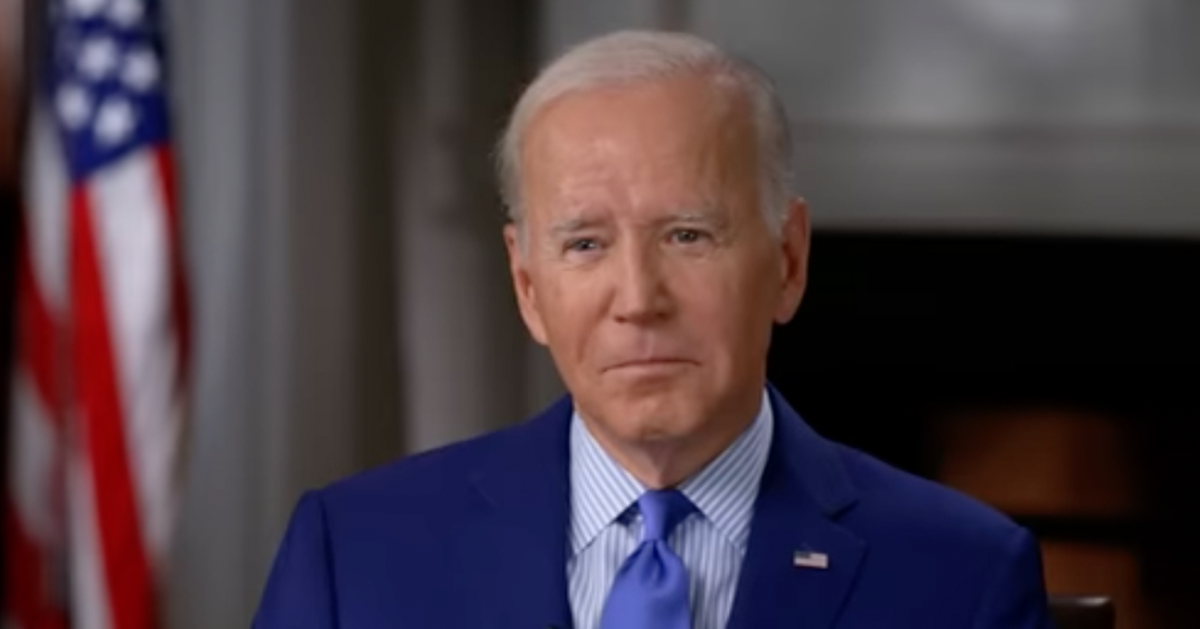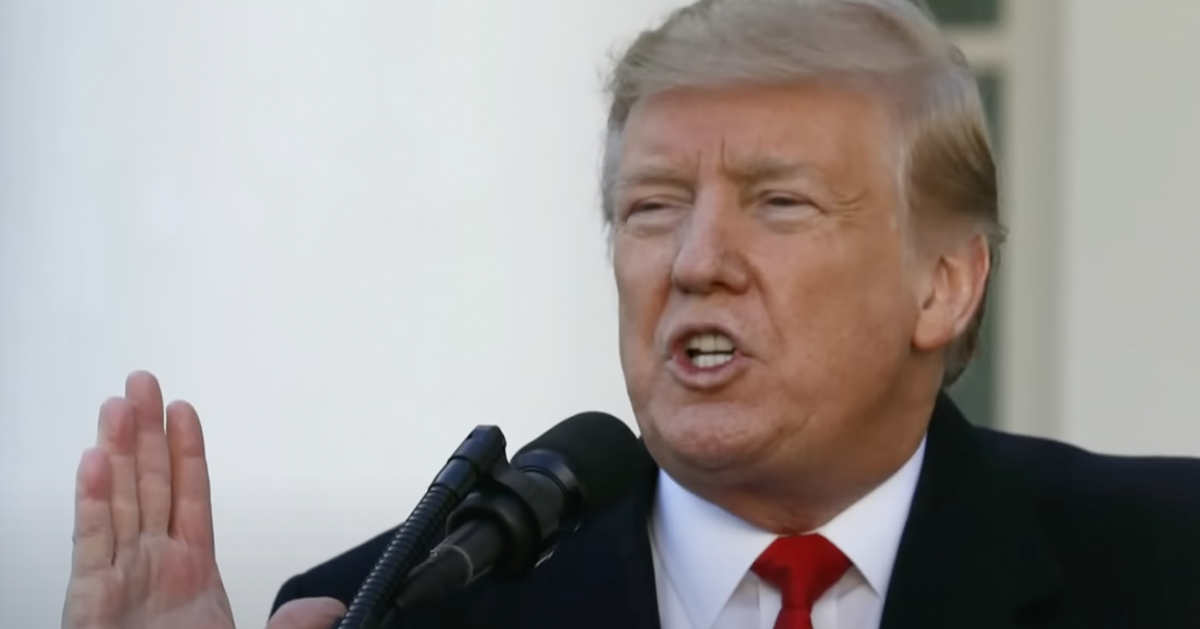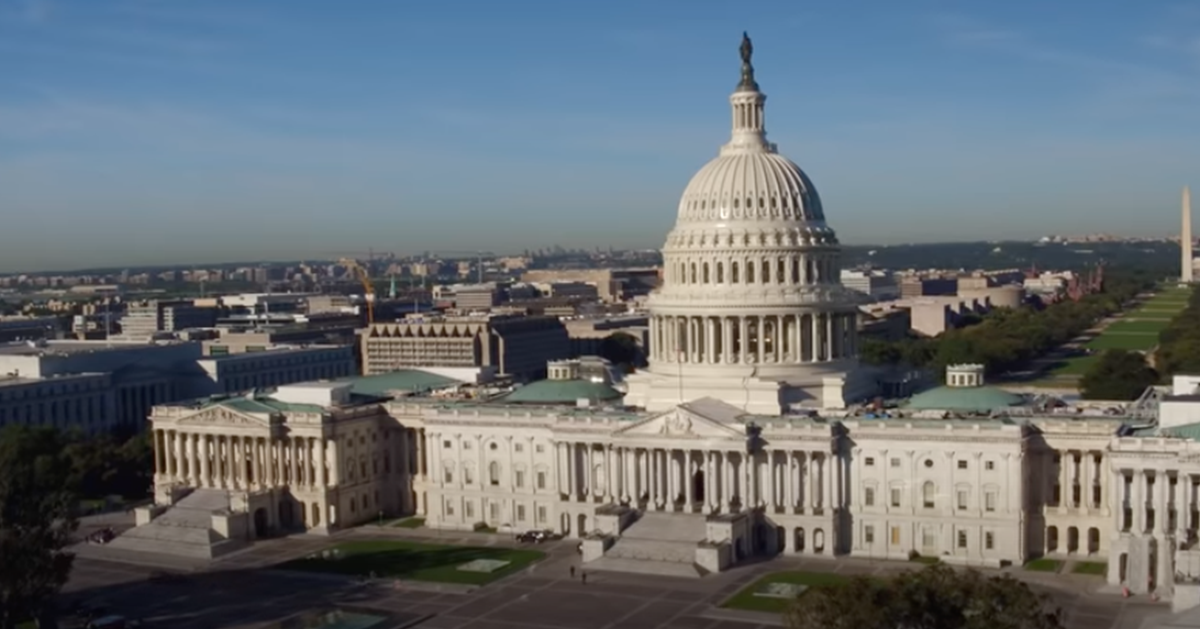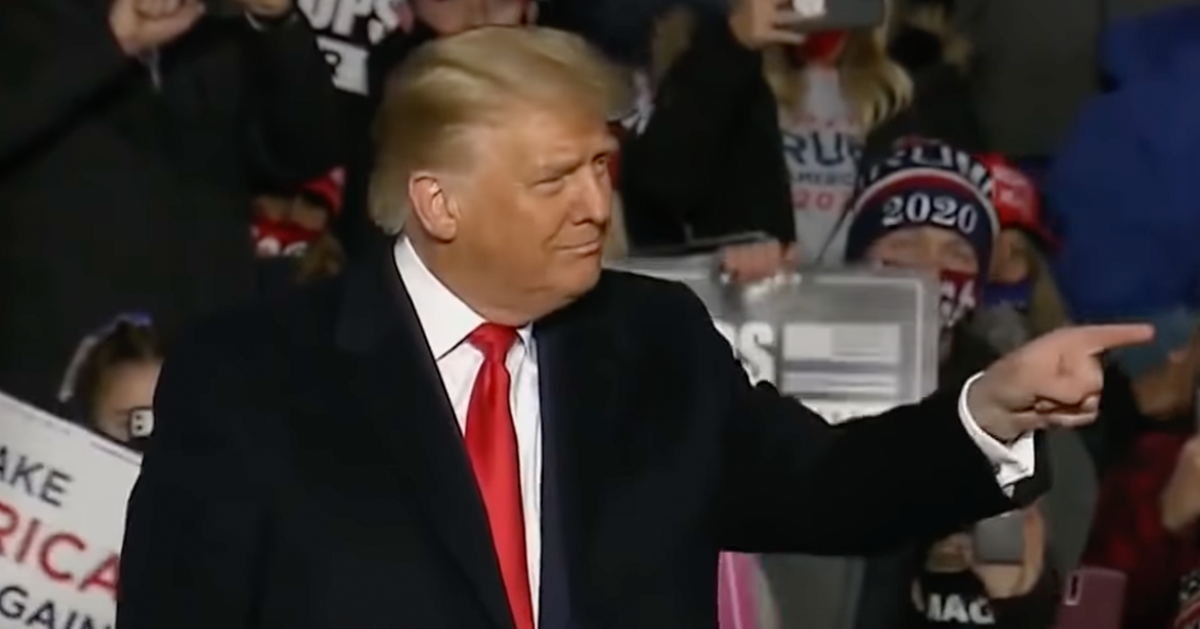Kamala Harris Avoids Media Since Becoming Democratic Party Nominee
In a striking departure from conventional political campaign practices, Vice President Kamala Harris has refrained from any media engagements since declaring her presidential bid 18 days ago.
This silence from Harris has sparked debates about her glaring policy shifts and campaign transparency as she pursues the White House, as Breitbart reports.
Since entering the presidential race, Harris has notably avoided press conferences and interviews. This lack of engagement is unusual for a candidate in the critical early stages of a campaign, and it has not gone unnoticed by the media and political analysts.
Shifts in Policy Raise Eyebrows
Observers have noted significant changes in Harris's policy positions, which appear to lean towards more conservative stances than her previous progressive advocacy. This includes reversing her support for a federal job guarantee, advocating for increased border funding, and expressing support for fracking.
These shifts have come without public acknowledgment from Harris or her campaign, leaving voters and the media to speculate about her current policy agenda. The lack of direct communication has fueled criticisms of a non-transparent campaign strategy.
Media Frustration Over Access to Harris
The press has expressed growing frustration over being sidelined by the Harris campaign. Politico Playbook reports that journalists are dismayed by the absence of opportunities to question Harris directly on her policy shifts and campaign strategy.
Even during public appearances, such as a recent event with vice-presidential pick Gov. Tim Walz, Harris did not take questions from reporters, further compounding media grievances.
Strategic Media Avoidance Acknowledged
Inside sources within the Democratic Party suggest that avoiding the media is a deliberate strategy by Harris. This approach seems to be aimed at controlling the narrative without the unpredictable elements of live interviews and press questions.
However, this strategy has its drawbacks, as it prevents Harris from clarifying her positions in her own words, relying instead on campaign speeches that remain consistent across events.
Republican critiques have pinpointed this repetition, suggesting it lacks the spontaneity and engagement typically expected in a presidential campaign.
Gaffes Highlighted Amid Silence
Harris's few unscripted moments have led to noticeable gaffes, which have been seized upon by critics and the media. Notably, she mistakenly referred to herself as "president" and delivered a confusing and circular remark about a diplomatic hostage deal with Russia, raising questions about her off-the-cuff speaking skills.
These slip-ups have provided ammunition for those questioning her suitability for the presidency, highlighting the risks of her limited interaction with the press.
Anonymous Sources Reveal New Positions
While Harris herself has remained silent, anonymous campaign sources have been the primary conduit for information on her evolving policy positions. The New York Times has reported these details, which mark a stark contrast from her previously held progressive stances.
This method of information dissemination, through unnamed officials, further contributes to the opacity critics attribute to her campaign.
Democratic Strategist Defends Harris's Strategy
Despite criticisms, some within Harris's party defend her media strategy. Democrat strategist Christy Setzer remarked, "The vice president is showing all of us that you don’t need to do high-profile interviews or press conferences in order to get attention from the media or from voters." This comment highlights a belief within some Democratic circles that Harris's approach could redefine how presidential campaigns interact with the media.
During a recent eulogy, Harris touched on themes of diplomacy and leadership, which resonated with her campaign's focus, yet the lack of direct media engagement leaves these statements without a broader discussion or follow-up.
Conclusion: A Campaign of Controlled Messages
To conclude, Vice President Kamala Harris's presidential campaign is marked by a noticeable absence from the media spotlight, significant shifts in policy without public discussion, and a strategy that favors controlled messaging over spontaneous interaction.
This approach has led to a mix of strategic advantages and potential vulnerabilities, with ongoing debates about the effectiveness and transparency of such a campaign style.






